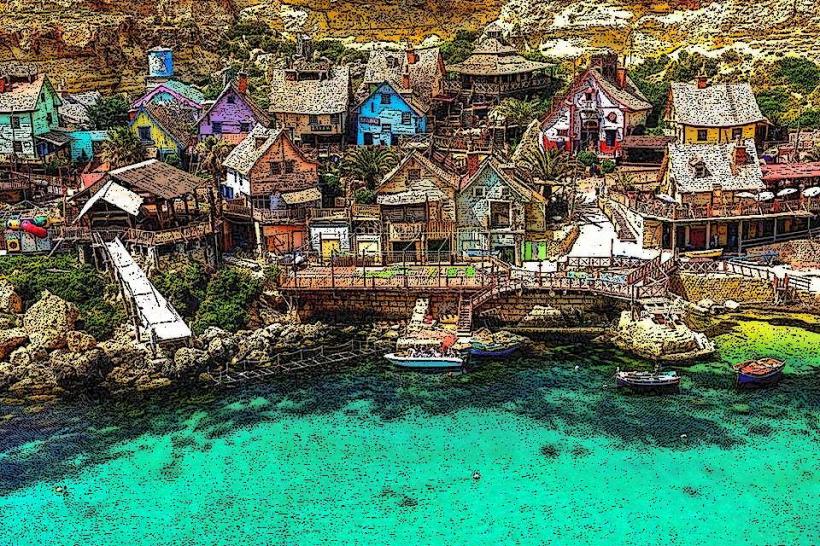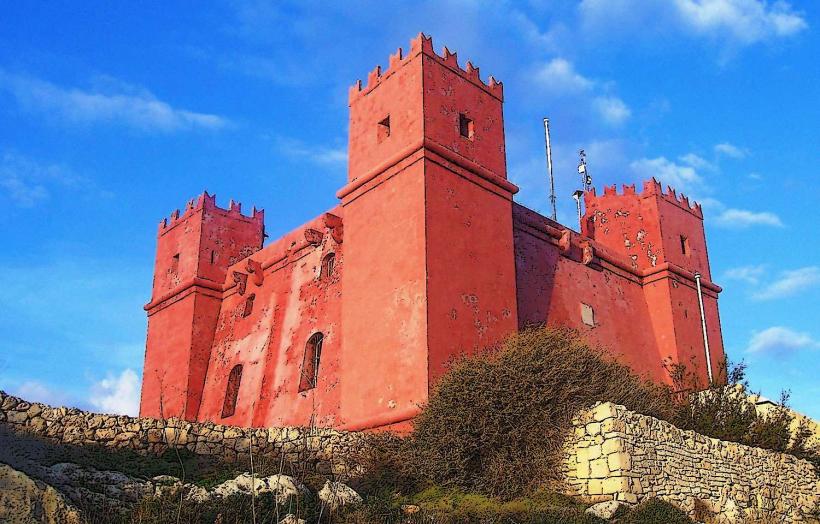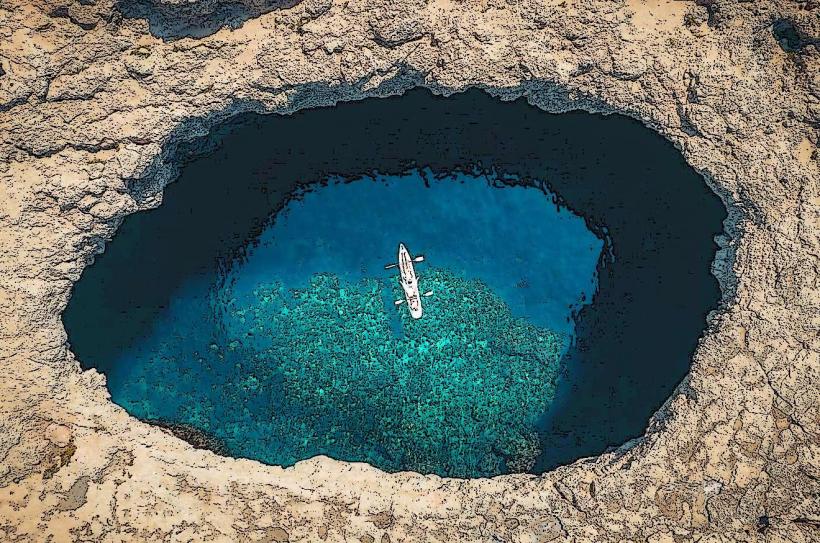Information
Landmark: Għajn Tuffieħa TowerCity: Mellieha
Country: Malta
Continent: Europe
The Għajn Tuffieħa Tower is a seventeenth-century watchtower located on the northwestern coast of Malta, near Għajn Tuffieħa Bay. It is one of the several coastal watchtowers constructed by the Knights of St. John as part of their island-wide defensive network. Its location offers a commanding view of the Mediterranean Sea, as well as the nearby Golden Bay and Għajn Tuffieħa Bay, making it a significant historical and scenic landmark.
History and Construction
- Year Built: The tower was constructed in 1637 during the reign of Grand Master Giovanni Paolo Lascaris, who ordered the construction of several such towers, now collectively known as the Lascaris Towers.
- Purpose: Its primary role was to serve as an early warning system to guard against pirate attacks and hostile incursions. The tower's strategic position allowed it to monitor the coastal area and communicate with other towers through visual signals like smoke or fire.
- Defensive Role: The Knights of St. John built these towers in response to frequent pirate raids, which endangered both Malta’s residents and its role as a vital military base in the Mediterranean. Għajn Tuffieħa Tower acted as a crucial link in the chain of watchtowers encircling the island.
Architecture
- Design: The tower has a simple, square plan with a single chamber on the upper floor and a flat roof. The lower floor was used for storage and provisions, while the upper chamber housed the garrison.
- Construction Materials: It was built using local limestone, like most Maltese buildings, making it blend with the surrounding rocky terrain.
- Entrance: The entrance was originally located on the upper level and accessible by a ladder, which could be removed to make the tower more secure.
- Fortifications: Although small, the tower was equipped with muskets and basic defensive features, allowing its garrison to hold off minor attacks until reinforcements arrived.
Role in Malta’s History
- Pirate Defense: The tower was an essential part of Malta's defense against Ottoman pirates, who often attacked the islands. It served as both a lookout and a signal point, warning nearby settlements and fortifications of incoming threats.
- British Period: During British rule in Malta, the tower lost its military importance as the British built more modern defenses. It fell into disuse and gradually deteriorated over time.
Restoration
- Recent Efforts: In the late 20th century, the tower was restored by Din l-Art Ħelwa, a voluntary organization dedicated to preserving Malta's historical heritage. The restoration included structural repairs and efforts to return the tower to its original state.
- Public Access: Today, the tower is well-preserved and open to visitors, offering a unique opportunity to explore Malta’s history while enjoying stunning views of the coastline.
Visitor Experience
- Scenic Views: From the tower, visitors can enjoy breathtaking panoramic views of the surrounding coastline, including the Golden Bay, Għajn Tuffieħa Bay, and the open sea. It’s an ideal spot for photography and appreciating Malta’s natural beauty.
- Hiking: The area around the tower is popular for hiking, with trails leading to Majjistral Nature and History Park and nearby beaches.
- Proximity to Other Attractions: The tower is located close to some of Malta’s most beautiful beaches, such as Golden Bay and Għajn Tuffieħa Bay, making it a convenient stop for beachgoers and nature enthusiasts.
Significance
The Għajn Tuffieħa Tower is a testament to Malta’s strategic importance and the Knights of St. John’s efforts to fortify the island against external threats. Its historical significance, combined with its stunning coastal setting, makes it a must-visit for those interested in Malta’s past or seeking a tranquil and scenic spot.
Whether you’re a history buff or simply looking to enjoy the natural beauty of Malta’s coastline, the Għajn Tuffieħa Tower offers a memorable experience.










